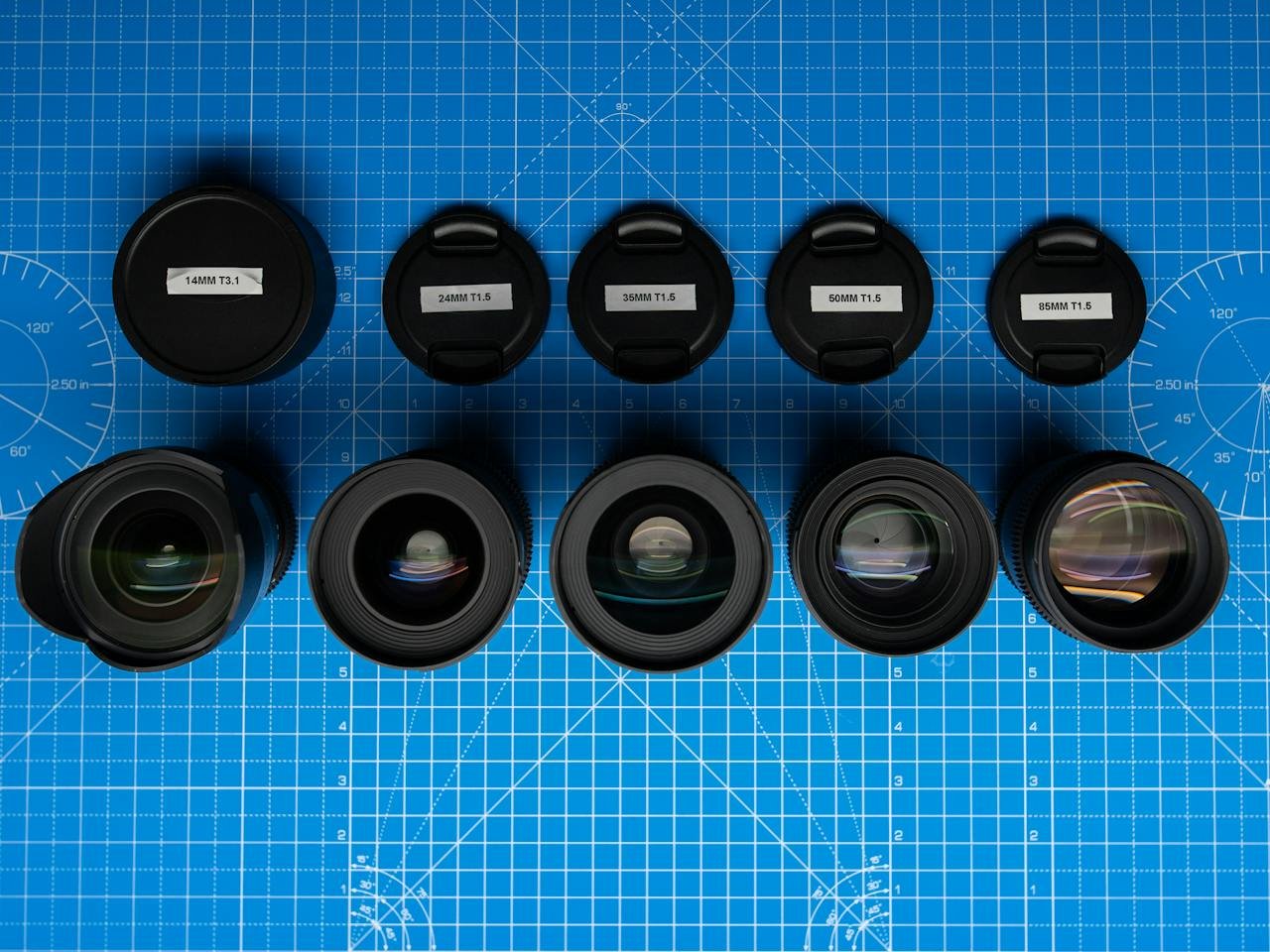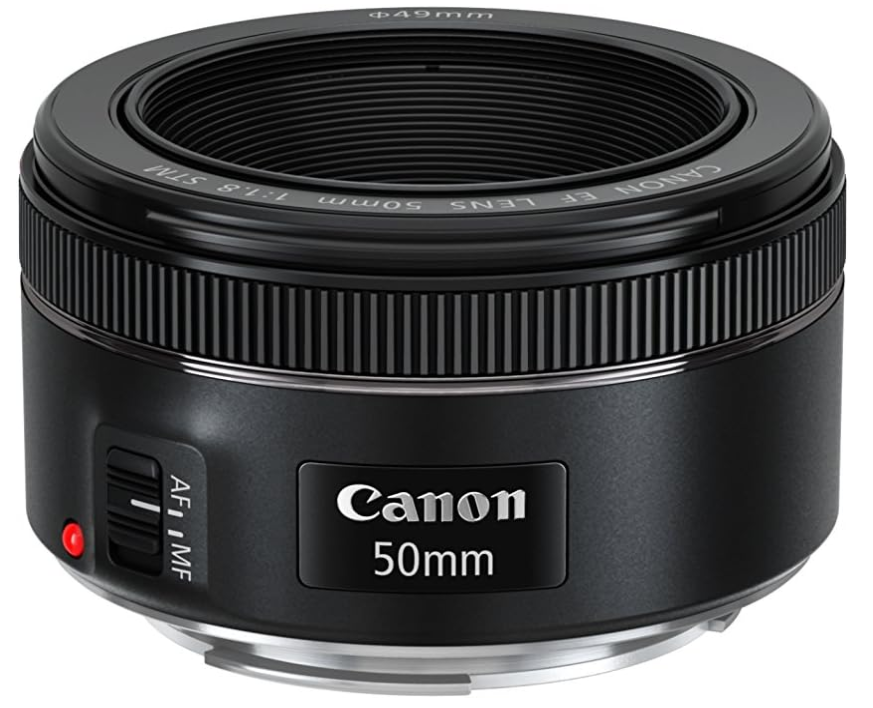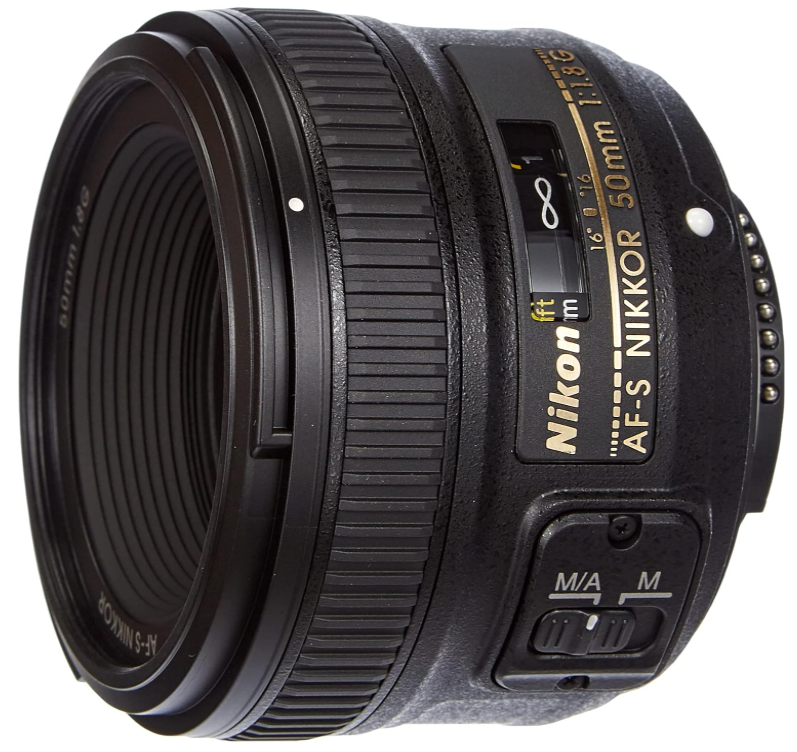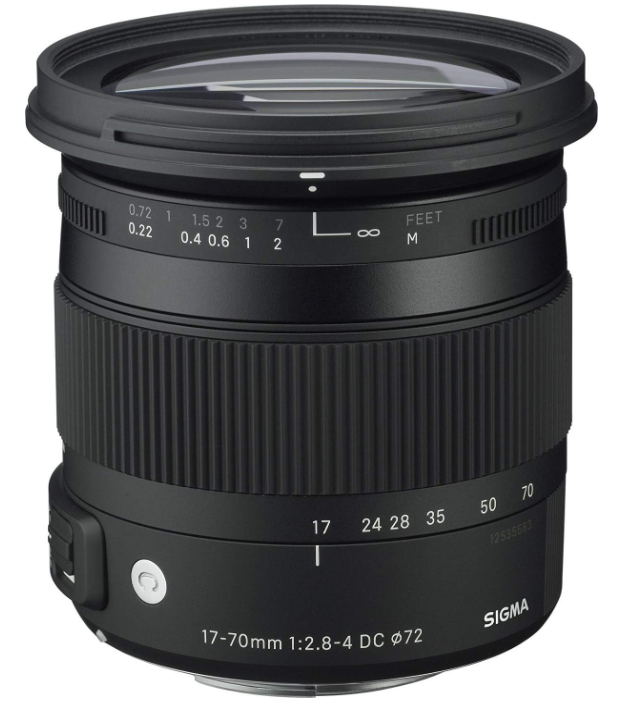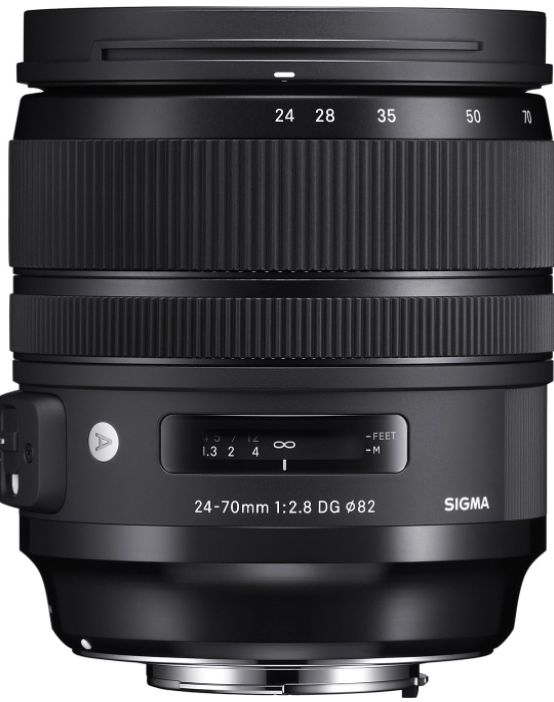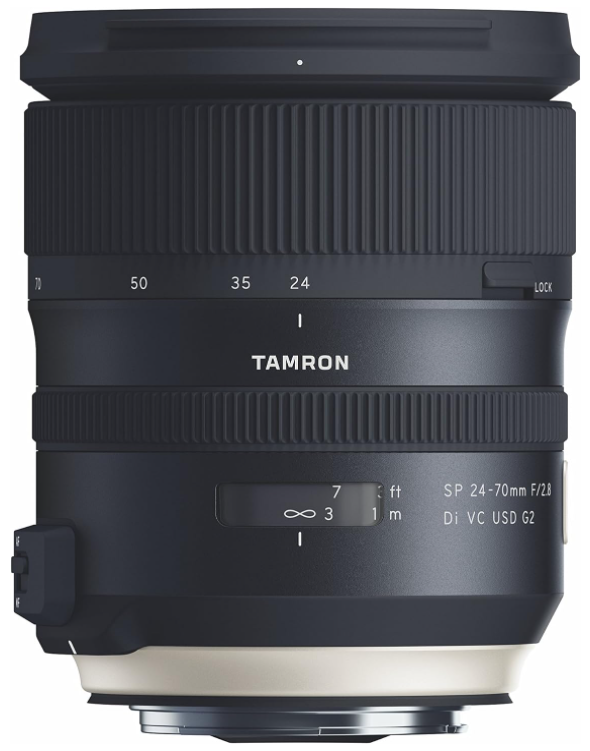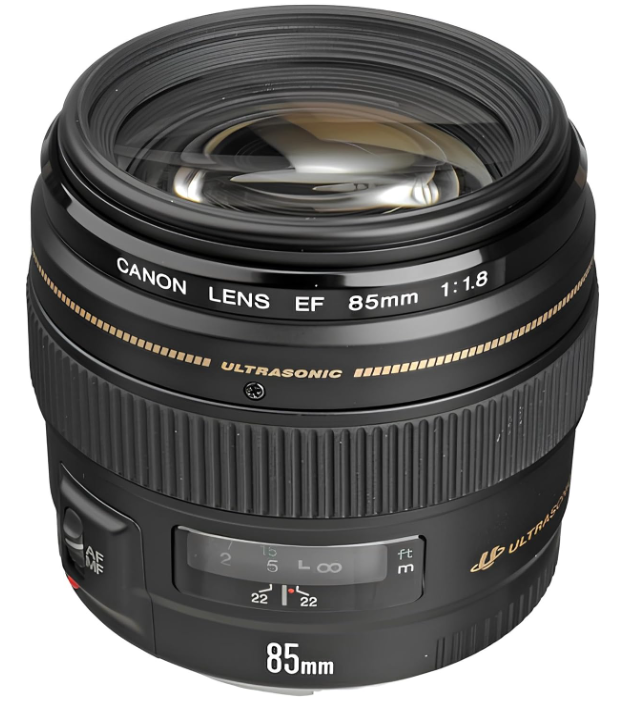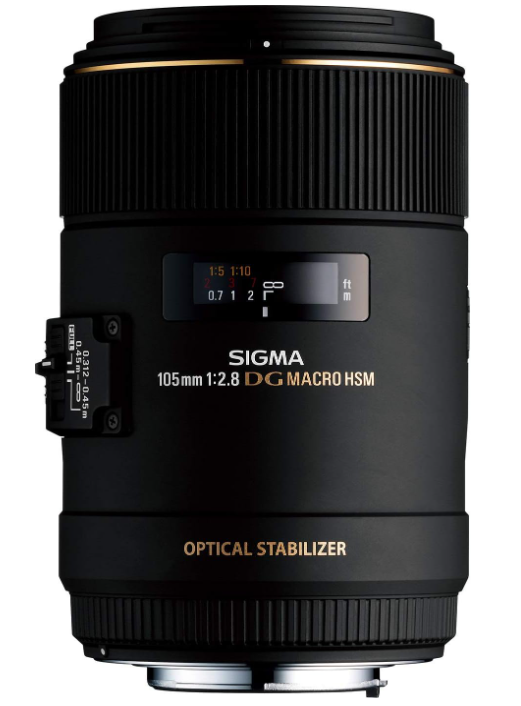BestFitFinder is supported by its audience. When you purchase using link in our website, we may earn an affiliate commission. Learn more
Before we start let’s run the FAQs for “What Lenses for Product Photography?” you might need just a quick information.
Q: What is the most important factor to consider when choosing lenses for product photography?
A: The most important factor to consider is the focal length of the lens. Focal length determines the field of view and how close or far away the subject will appear in the frame. For product photography, a standard focal length of around 50-100mm is generally recommended as it provides a natural perspective and good depth of field.
Q: What is the difference between a prime lens and a zoom lens?
A: A prime lens has a fixed focal length, meaning the zoom range is limited. However, prime lenses are typically sharper and have faster apertures, which can be beneficial for product photography. A zoom lens, on the other hand, has a variable focal length, allowing you to zoom in and out without changing lenses. However, zoom lenses are often less sharp and have slower apertures than prime lenses.
Q: What is aperture and how does it affect product photography?
A: Aperture is a measure of the opening in the lens that allows light to pass through. A larger aperture (lower f-number) means a wider opening and more light, which can lead to a shallower depth of field, blurring the background and focusing attention on the product. A smaller aperture (higher f-number) means a narrower opening and less light, which can lead to a deeper depth of field, keeping the entire product in focus. A shallow depth of field is generally preferred for product photography, but a deeper depth of field can be useful for capturing products with intricate details.
Q: What are some specific lens recommendations for different product types?
A: For small items like jewelry or watches, a macro lens with a focal length of around 60-100mm is ideal for capturing close-up details. For medium-sized products like clothing or cosmetics, a standard prime lens of around 50-85mm is a good choice. For large products like furniture or home appliances, a telephoto lens with a focal length of around 85-100mm can be used to get a wider shot without sacrificing sharpness.
Q: What are some additional factors to consider when choosing a lens for product photography?
A: In addition to focal length, aperture, and lens type, there are a few other factors to consider when choosing a lens for product photography. These include:
- Build quality: A well-built lens will be more durable and produce sharper images.
- Autofocus: Autofocus is important for product photography, as it allows you to quickly and accurately focus on the product.
- Image stabilization: Image stabilization can help to reduce camera shake and blur, especially when shooting handheld.
If you haven’t found the answer or you want to deep dive into the topic please read our full article of lenses for product photography. Also don’t forget to write me any feedback, it would be nice for me to understand if my effort on writing guides is worth it or not. Without any further ado welcome to my guide for beginners.

Introduction: Finding the Perfect Focus for Your Products
Stunning product photography can make the difference between a customer hitting “buy” or scrolling past. But crafting eye-catching images isn’t just about lighting and angles – the right lens choice plays a crucial role. Selecting the wrong one can distort proportions, blur details, and leave your products looking lackluster.
For beginners, navigating the vast world of lenses can feel like deciphering an ancient code. Focal lengths, apertures, prime vs. zoom – it’s enough to make anyone reach for their smartphone instead.
Don’t worry, we’ve got your back. This guide acts as your compass, demystifying the lens selection process and leading you confidently towards capturing your products in their best light. We’ll break down the technical jargon, explore different lens types and their impact, and ultimately help you choose the perfect tool to elevate your product photography game.
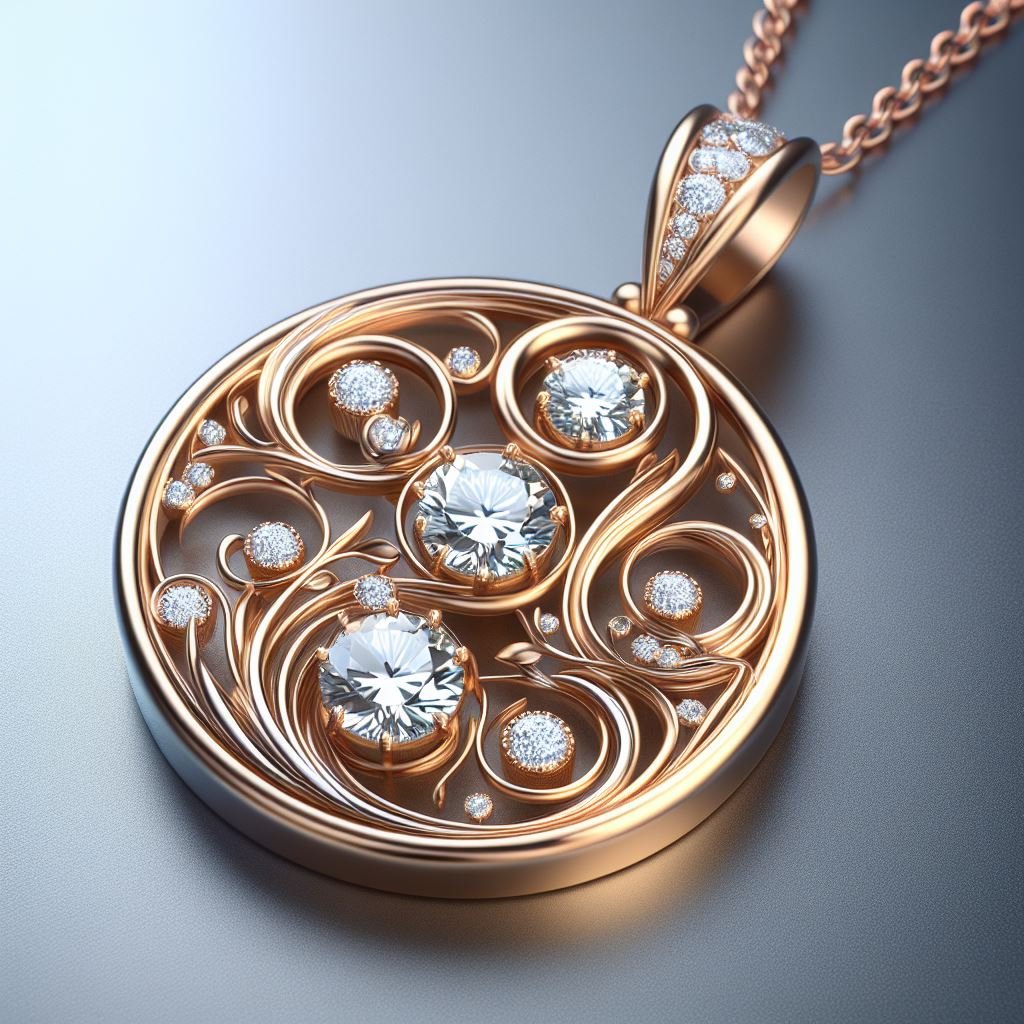
Ready to put your products in the spotlight? Let’s get started.
What is Focal Length?
In the world of photography, focal length plays a pivotal role in determining how much of a scene is captured and how close or far away the subject appears in the frame. It’s essentially the distance between the lens’s optical center and the focal point – the point where light rays converge to form a sharp image.
Impact on Product Photography
Focal length holds significant sway in product photography, influencing the overall look and feel of your images. It’s crucial to understand the different focal lengths and their effects to make informed lens choices that align with your product photography goals.
- Wide-angle Lenses (<35mm): These lenses capture a broader field of view, allowing you to fit more of your product and surrounding environment into the frame. They can be useful for showcasing a product’s context and environment, but they can also introduce perspective distortion, making objects appear wider and closer than they actually are.
- Normal Lenses (35-70mm): Normal lenses provide a natural perspective, replicating how we see the world with our eyes. They offer a balanced view of the product, capturing its details and surroundings without excessive distortion.
- Telephoto Lenses (>70mm): These lenses magnify your subject, allowing you to get closer without physically moving closer. They’re ideal for isolating the product and blurring out the background, creating a more dramatic and professional look.
In product photography, a standard focal length of around 50-100mm is widely considered to be the most versatile and suitable range. It offers a natural perspective, good depth of field, and the ability to capture both wide-angle and close-up shots.
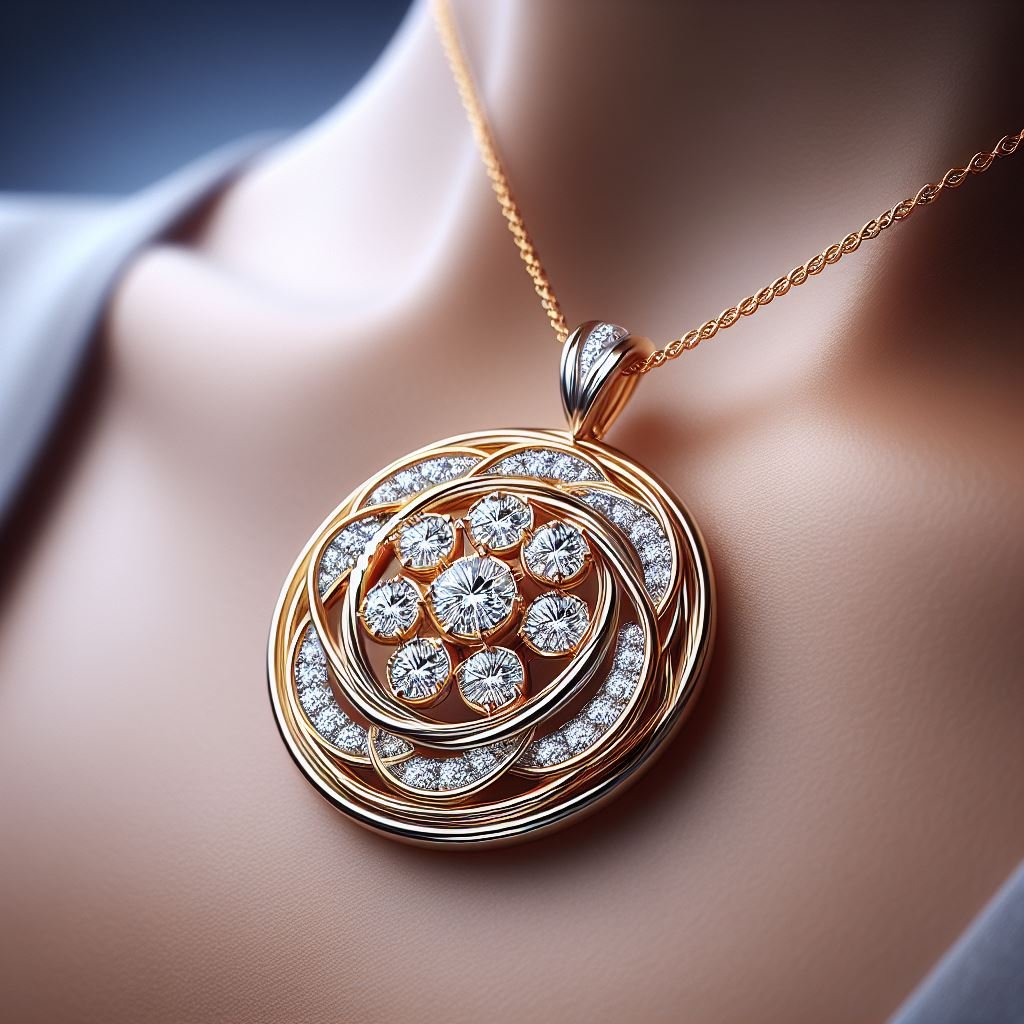
Choosing the right focal length depends on the specific product you’re photographing, the desired composition, and the overall style you’re aiming for. Experiment with different focal lengths to discover what works best for you and your products.
Aperture and Image Quality: Unveiling the Depth of Sharpness and Light Capture
Aperture: The Gateway to Depth of Field and Light Gathering
Aperture, represented by the f-number, is a critical parameter in photography that controls the amount of light entering the camera and the depth of field (DOF). Aperture is measured as the ratio of the lens’s focal length to the diameter of the aperture opening. A lower f-number indicates a wider aperture opening, allowing more light to pass through and creating a shallower DOF. Conversely, a higher f-number indicates a narrower aperture opening, allowing less light to pass through and creating a deeper DOF.
Depth of Field: Isolating the Product with Artistic Bokeh
In product photography, shallow DOF is often desirable as it allows you to isolate the product from its background, creating a visually striking effect known as bokeh. Bokeh refers to the blurred background elements, which draw attention to the main subject and enhance its visual appeal. A wide aperture (low f-number) is essential for achieving shallow DOF, making it a crucial tool for product photographers.
Light Gathering: Illuminating Your Product with Aperture’s Influence
Aperture also plays a vital role in light gathering, which is crucial for product photography, especially in low-light conditions. A wider aperture (lower f-number) allows more light to reach the camera sensor, enabling faster shutter speeds and lower ISO settings, which can help to minimize noise and improve image quality.
Trade-off: Aperture Range vs. Lens Price
Aperture range, the difference between the widest and narrowest aperture settings, is an important factor to consider when choosing a lens for product photography. Lenses with a wider aperture range (e.g., f/1.4 to f/22) offer more flexibility in controlling DOF and light gathering, but they tend to be more expensive. Lenses with a narrower aperture range (e.g., f/2.8 to f/16) may be less expensive, but they offer less control over DOF and may require additional lighting in low-light conditions.
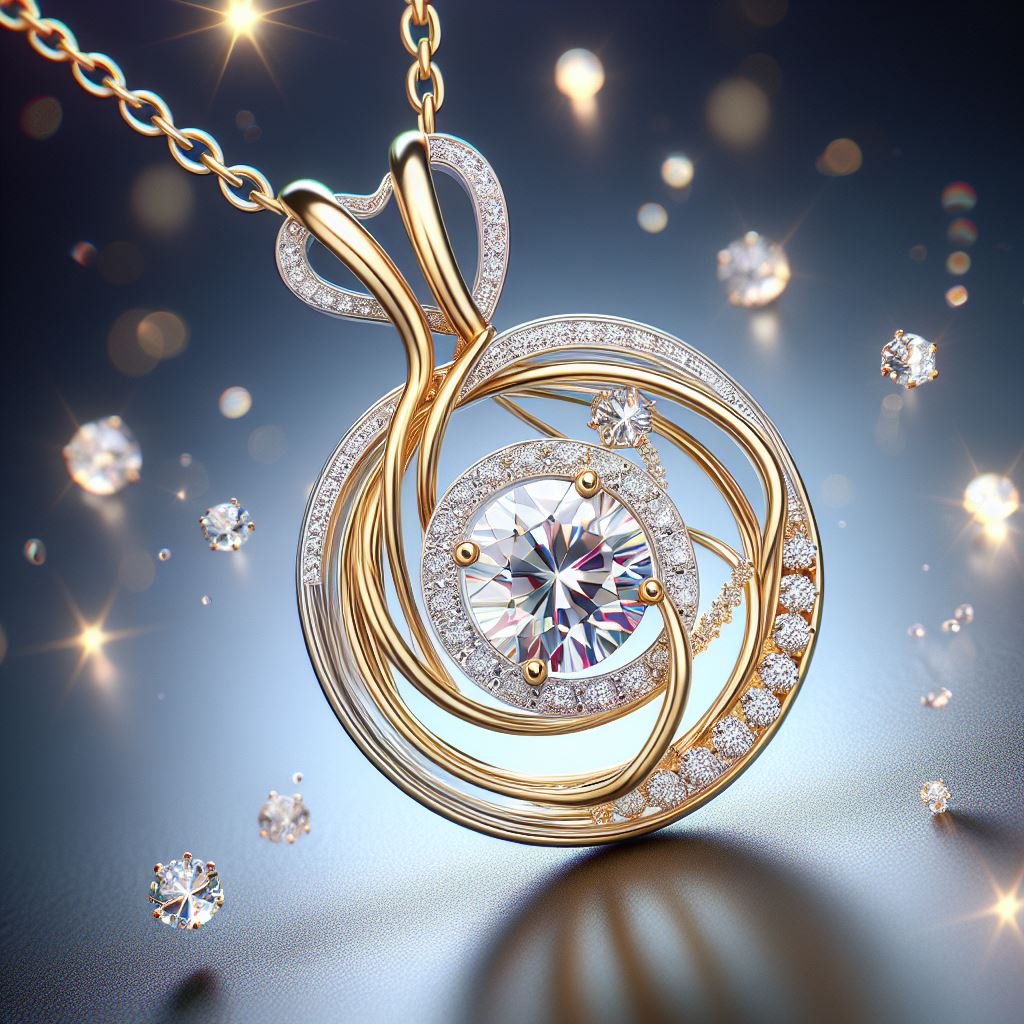
Aperture: The Key to Product Photography Success
Aperture is an essential tool in the product photographer’s toolkit, enabling the control of DOF, light gathering, and ultimately, the artistic expression of the product. By understanding the nuances of aperture and its impact on product photography, you can elevate your images to a professional level, captivating viewers with beautifully isolated products and captivating compositions.
When it comes to selecting the right lens for product photography, two main categories stand out: prime lenses and zoom lenses. Each type offers distinct advantages and disadvantages, making the choice a matter of personal preference and specific shooting needs.
Prime Lenses: Sharpness and Versatility in a Fixed Focal Length
Prime lenses, characterized by their fixed focal length, excel in terms of image quality, offering superior sharpness and clarity. Their simplicity also translates into smaller and lighter builds, making them more portable and versatile.
Advantages of Prime Lenses:
- Sharper Images: Prime lenses typically produce sharper images due to their fewer moving parts and optimized optical design.
- Smaller and Lighter: Prime lenses are generally smaller and lighter than zoom lenses, making them more portable and convenient for carrying around.
- Lower Cost: Prime lenses tend to be more affordable than zoom lenses with comparable image quality.
Disadvantages of Prime Lenses:
- Fixed Focal Length: Prime lenses offer a limited focal range, requiring you to physically move closer or farther to change the composition.
- More Limited Control: Fixed focal length restricts the flexibility in adjusting perspective and framing.
Zoom Lenses: Adaptability and Versatility with Variable Focal Length
Zoom lenses, with their variable focal length, offer unparalleled adaptability, allowing you to zoom in and out without changing lenses. This flexibility is particularly valuable for product photography, where different perspectives and compositions are often required.
Advantages of Zoom Lenses:
- Variable Focal Length: Zoom lenses provide the flexibility to adjust the field of view without changing lenses, catering to various compositions and framing options.
- Adaptability to Different Shooting Conditions: Zoom lenses allow you to adapt to various shooting conditions, from wide-angle product shots to close-up details.
- Versatility for Multiple Photography Genres: Zoom lenses can be used for various photography genres, making them a versatile investment.
Disadvantages of Zoom Lenses:
- Potentially Lower Image Quality: Zoom lenses, due to their complex design, may have slightly lower image quality than prime lenses, especially at the extremes of their focal range.
- Bulkier and Heavier: Zoom lenses tend to be bulkier and heavier than prime lenses due to their internal mechanisms and variable focal length.
- Higher Cost: Zoom lenses with comparable image quality to prime lenses may be more expensive.
Recommendations for Beginners:
For beginners, prime lenses are generally recommended due to their affordability, sharpness, and portability. A standard prime lens in the 50-85mm range is a versatile choice for capturing a wide range of products in various settings.
As your skills and needs grow, you can consider investing in zoom lenses to expand your creative possibilities. However, prime lenses remain a valuable option for those seeking exceptional image quality and portability.
Specific Lens Recommendations: Tailoring Your Arsenal to Product Perfection
Based on Budget and Needs, Discover the Ideal Lenses for Your Product Photography Journey
Choosing the right lens for product photography depends on various factors, including your budget, product type, and preferred shooting style. Here are some specific lens recommendations for different product categories, considering both prime and zoom lenses with good value for money:
For Small Items (Jewelry, Watches)
- Prime Lens: Canon EF 50mm f/1.8 STM (Budget-friendly option with exceptional sharpness.), if you have a Nikon camera: Nikon Lens 50 mm/F 1.8 MF Lenses
- Zoom Lens: Sigma 17-50mm f/2.8 EX DC OS HSM (Versatile zoom lens with decent image quality and image stabilization.)
For Medium-sized Products (Clothing, Cosmetics)
- Zoom Lens: Tamron 24-70mm f/2.8 G2 VC USD (A well-regarded zoom lens with excellent image quality and vibration compensation.)
Tamron 2470mm f/2.8 G2 VC USD lens
For Large Products (Furniture, Home Appliances)
- Prime Lens: Canon EF 85mm f/1.8 USM (A versatile prime lens with excellent sharpness and clarity for portraits and product photography.)
For Food Photography
- Prime Lens: Sigma 105mm f/2.8 EX DG Macro HSM (A macro lens with exceptional image quality for capturing intricate details in food photography.)
- Zoom Lens: Tamron 90mm f/2.8 SP Di VC USD (A versatile macro lens with good image quality and vibration compensation.)
Additional Considerations
- Autofocus: Autofocus is essential for product photography, especially when capturing moving objects or switching between different compositions. Ensure the lens you choose has fast and accurate autofocus.
- Build Quality: Invest in a lens that is well-built and durable, as it will withstand the rigors of frequent use in a studio environment.
- Image Stabilization: For handheld product photography, image stabilization (IS) can help reduce camera shake and blur, leading to sharper images.
- Variety of Apertures: A lens with a wide aperture range (f/1.4 to f/22 or f/1.8 to f/2.8) offers more flexibility in controlling DOF and light gathering.
- Compatibility with Your Camera: Ensure the lens you choose is compatible with your camera system, whether it’s Nikon, Canon, Sony, or another brand.
By carefully considering these factors and choosing the lens that best suits your specific needs and budget, you can elevate your product photography to a professional level, creating stunning images that showcase your products in their best light.
Conclusion: Embark on Your Product Photography Journey with Confidence
Choosing the right lens for product photography is a crucial step in creating stunning product images that capture the attention of potential customers. By understanding the key factors to consider, from focal length and aperture to lens type and build quality, you’ll be well-equipped to make an informed decision that aligns with your needs and budget.
Here’s a recap of the key takeaways:
- Focal Length: Choose a focal length that suits the size and type of products you photograph.
- Aperture: A wide aperture allows for shallow depth of field, isolating the product and blurring the background.
- Lens Type: Prime lenses offer exceptional image quality for the price, but zoom lenses provide versatility.
- Additional Considerations: Autofocus, build quality, image stabilization, aperture range, and compatibility are essential factors.
Remember, photography is an art, and so is product photography. Experiment with different lenses, lighting setups, and composition techniques to find your unique style. Don’t be afraid to try new things and push the boundaries of your creativity.
Here are some additional resources to help you on your product photography journey:
- Product Photography Tutorials:
- Adorama Learning Center: https://www.adorama.com/alc/series/photography-101/
- Photography School Online: https://www.youtube.com/watch?v=f_vF3J1ayww
- Lens Comparison Charts:
- DxOMark: https://www.dxomark.com/Lenses/
- Camera Labs: https://www.cameralabs.com/camera-lens-reviews/
Embrace the journey of product photography, and let your creativity shine through! If you are interested in other type of photography: clubbing photography, nature photography and a quick guide on how to start freelance photography


